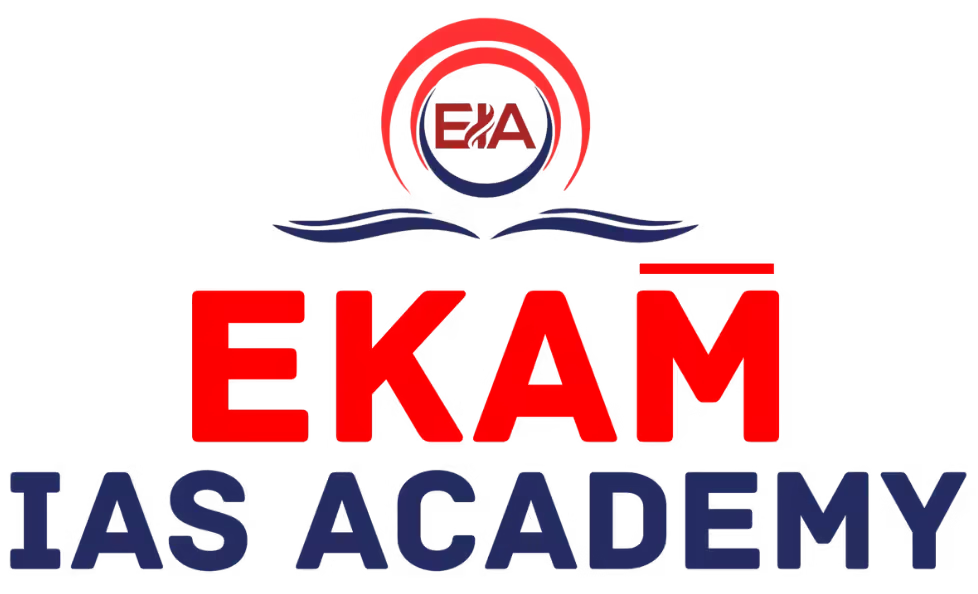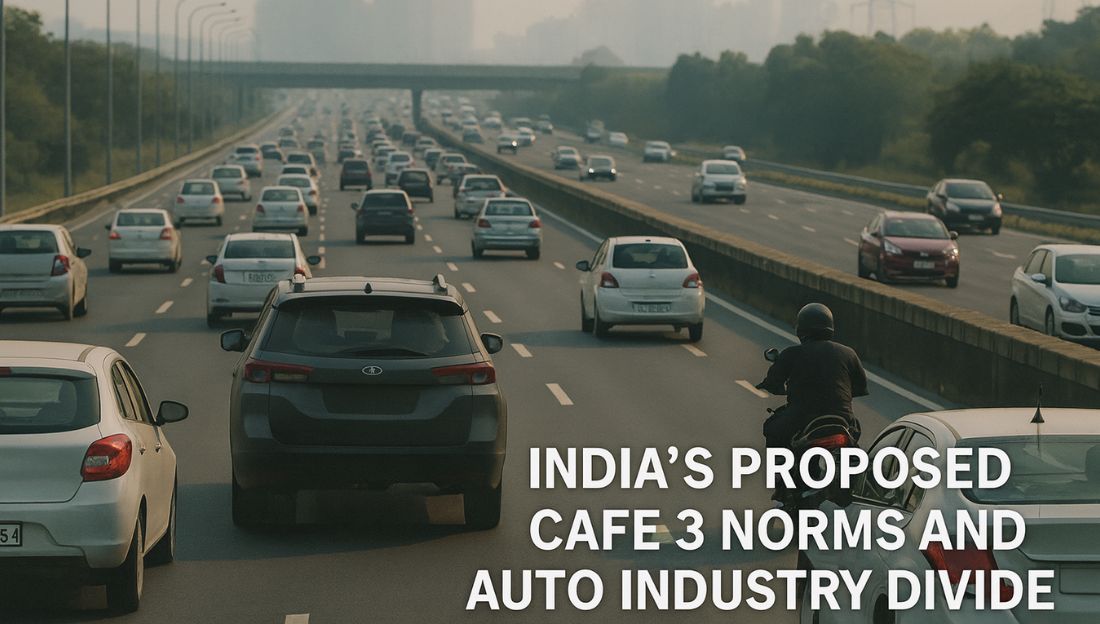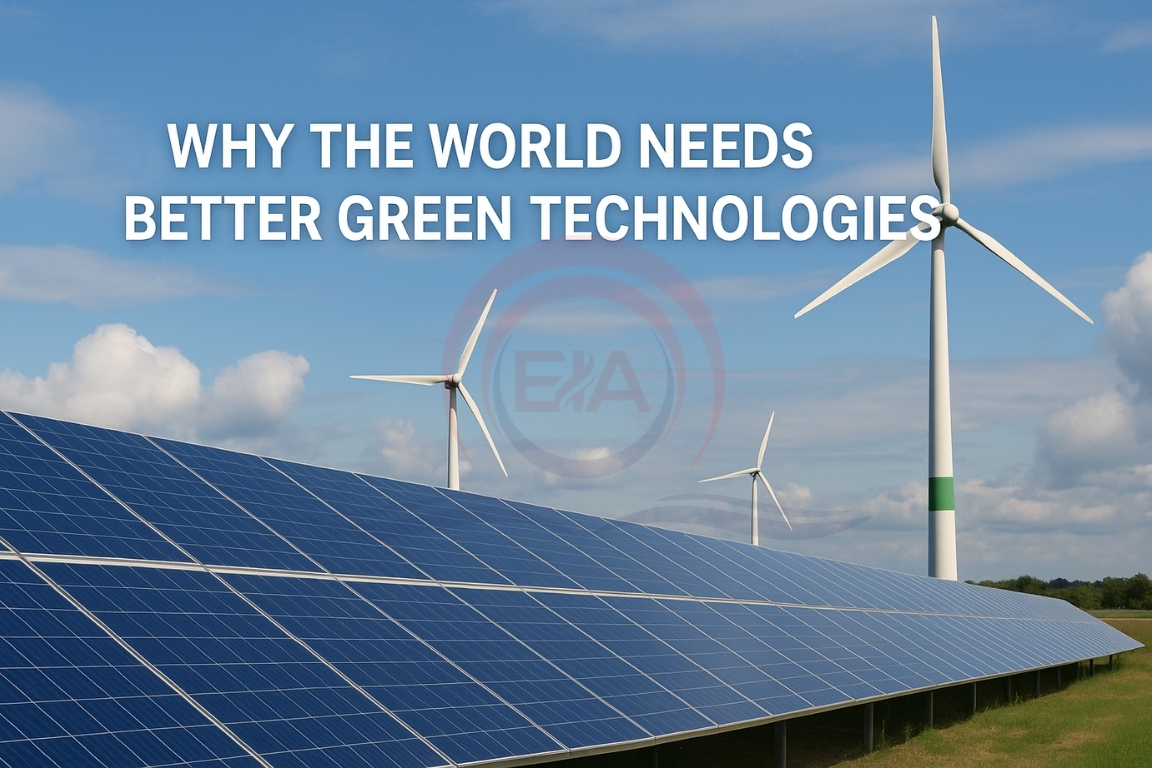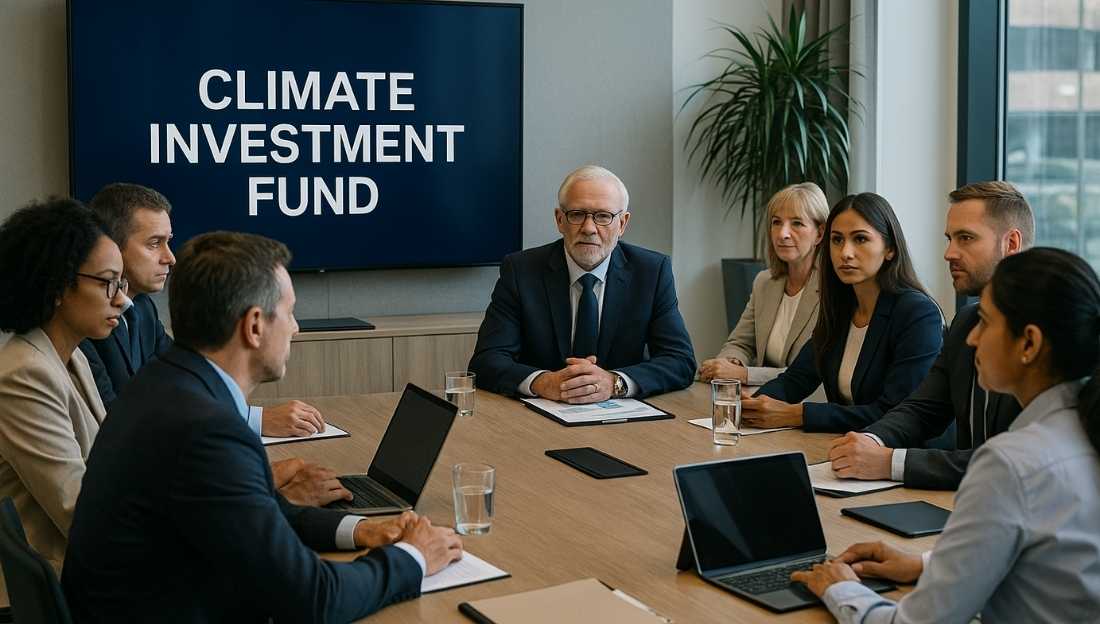The upcoming CAFE 3 Corporate Average Fuel Efficiency (CAFE) norms (FY28–FY32) introduce stricter fuel-efficiency rules based on the weight of vehicles.
What are CAFE 3 Norms?
- Corporate Average Fuel Efficiency (CAFE) norms are part of India’s climate and mobility policy aimed at reducing fuel consumption and lowering CO₂ emissions from vehicles.
- CAFE norms control average CO₂ emissions and fuel consumption across all models manufactured by a company.
- CAFE 3 uses a weight-based formula: 0.002 × (W − 1170) + c (which becomes stricter every year).
- Lighter vehicles will be required to improve fuel efficiency more than heavier vehicles.
- Norms also shift testing standards from MIDC to WLTP, which gives more realistic emission results.

Impact on Small Cars
- Small cars face stricter efficiency targets despite being less polluting in absolute terms.
- Limited scope for advanced technologies like hybrid systems and electrification due to cost constraints.
- Entry-level cars may become more expensive, affecting first-time buyers and lower-income groups.
Impact on Bigger Vehicles (SUVs)
- Heavy vehicles get relatively easier targets despite higher emissions.
- Manufacturers like Tata and Mahindra support the norms and believe small cars should not get more exemptions.
Challenges:
- “Brick in the Boot” problem: Manufacturers may artificially increase vehicle weight to qualify for lenient norms.
- Market distortion risk: Could push the sector towards heavier, more polluting SUVs.
- Safety vs affordability: Relaxation for lighter cars may compromise safety features.
- Regressive social impact: Higher prices may reduce car ownership for lower-income segments.
- Risk of inflated efficiency on paper without real CO₂ reduction.
Comparison with Global Practices
- In countries like the US, China, Japan, and the EU, stricter rules apply to heavier vehicles, while smaller cars get relief.
- India’s reverse approach creates imbalance and discourages production of affordable, low-emission small cars.
Way Forward
- Revisit the weight-based structure to better support lighter and cleaner vehicles.
- Introduce technology-neutral incentives for EVs, hybrids, and cleaner internal combustion engines.
- Provide financial incentives or tax support for budget cars.
- Gradually phase in new testing systems like WLTP to ensure smooth transition.
- Focus on absolute emission cuts, not just average fleet targets.
Conclusion
CAFE 3 norms represent an important step toward cleaner mobility. However, their current structure puts an unfair burden on small cars, risking affordability, fairness, and environmental goals. A balanced approach that protects both climate and consumer interests is essential for India’s sustainable mobility transition.
This topic is available in detail on our main website.





